Nine Missing WWII Airmen Identified
The Defense POW/Missing Personnel Office (DPMO) announced today that the remains of nine U.S. servicemen, missing in action from World War II, have been identified and are being returned to their families for burial with full military honors.
They are:
1st Lt. David P. McMurray, of Melrose, Mass.
1st Lt. Raymond Pascual, of Houston, Texas
They are:
1st Lt. David P. McMurray, of Melrose, Mass.
1st Lt. Raymond Pascual, of Houston, Texas
2nd Lt. Millard C. Wells Jr., of Paris, Ky.
Tech. Sgt. Leonard J. Ray, of Upper Falls, Md.
Tech. Sgt. Hyman L. Stiglitz, of Boston, Mass.
Staff Sgt. Robert L. Cotey, of Vergennes, Vt.
Staff Sgt. Francis E. Larrivee, of Laconia, N.H.
Staff Sgt. Robert J. Flood, of Neelyton, Pa
Staff Sgt. Walter O. Schlosser, of Lake City, Mich
all U.S. Army Air Forces. Ray and Flood were buried last week in Harford County, Md., and Dry Run, Pa., respectively. The burials of the other servicemen will be at Arlington National Cemetery near Washington, D.C. on a date to be determined.
Representatives from the Army met with the next-of-kin of these men in their hometowns to explain the recovery and identification process and to coordinate interment with military honors on behalf of the secretary of the Army.
On July 7, 1944, the men were aboard a B-24J Liberator that departed North Pickenham, England, on a mission to bomb a German aircraft factory near Bernburg, Germany. The plane was last seen by U.S. aircrew members in that vicinity. Captured records revealed that it had crashed near Westeregeln, about 20 miles northwest of the target in what would become the Soviet sector of a post-war-divided Germany.
In 2001, a group of German citizens interested in recovering wartime relics and remains learned of a potential crash site south of Westeregeln. Later that year and in 2002, the group found the site and uncovered human remains from what appeared to be two burial locations. The remains and other personal effects, including identification tags, were turned over to U.S. officials.
In 2003, a Joint POW/MIA Accounting Command (JPAC) team excavated the crash site and recovered additional remains, identification tags and non-biological material evidence.
Among dental records, other forensic identification tools and circumstantial evidence, scientists from JPAC and the Armed Forces DNA Identification Laboratory also used mitochondrial DNA in the identification of the remains.
Representatives from the Army met with the next-of-kin of these men in their hometowns to explain the recovery and identification process and to coordinate interment with military honors on behalf of the secretary of the Army.
On July 7, 1944, the men were aboard a B-24J Liberator that departed North Pickenham, England, on a mission to bomb a German aircraft factory near Bernburg, Germany. The plane was last seen by U.S. aircrew members in that vicinity. Captured records revealed that it had crashed near Westeregeln, about 20 miles northwest of the target in what would become the Soviet sector of a post-war-divided Germany.
In 2001, a group of German citizens interested in recovering wartime relics and remains learned of a potential crash site south of Westeregeln. Later that year and in 2002, the group found the site and uncovered human remains from what appeared to be two burial locations. The remains and other personal effects, including identification tags, were turned over to U.S. officials.
In 2003, a Joint POW/MIA Accounting Command (JPAC) team excavated the crash site and recovered additional remains, identification tags and non-biological material evidence.
Among dental records, other forensic identification tools and circumstantial evidence, scientists from JPAC and the Armed Forces DNA Identification Laboratory also used mitochondrial DNA in the identification of the remains.

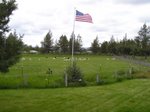













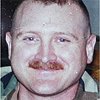


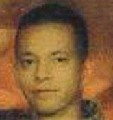









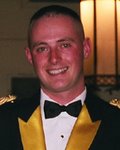






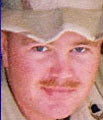
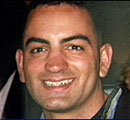




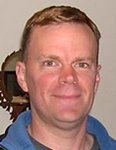
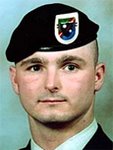


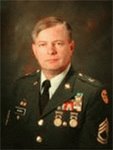

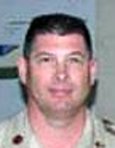
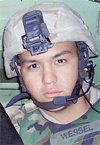
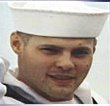
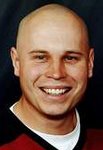
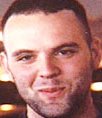
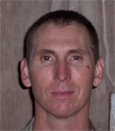


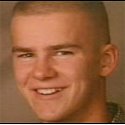
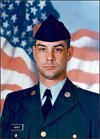


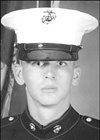
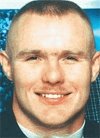
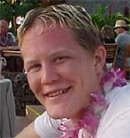

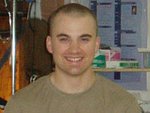

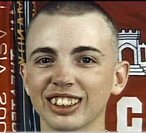


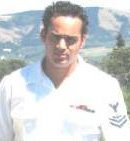

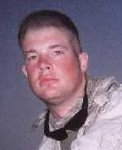
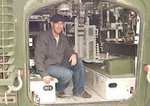
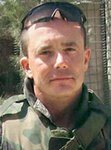



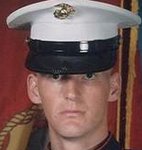
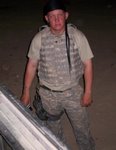
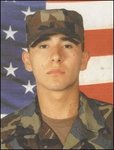
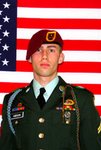

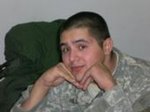
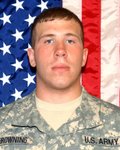





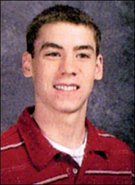
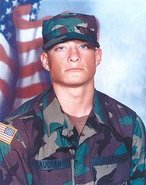
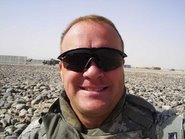
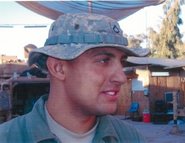
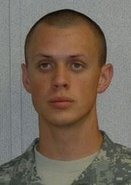
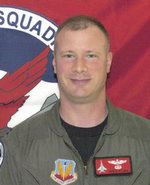
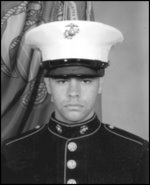
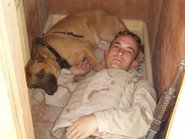
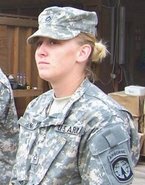

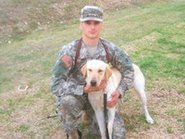

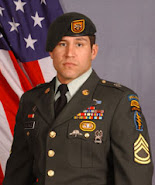






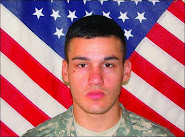



3 comments:
welcome home my friends, we did not forget
That's a fascinating story. Thanks for posting this!
I visited Arlington while on summer vacation this year. My son and I watch the changing of the guard, and we were very moved by the honor and pageantry.
Keep up your great work!
How many other countries care about their soldiers enough to recover their bodies after 60+ years and return them home? The fact that our military cares so much about their fallen and missing soldiers means a lot to the men and women that are serving (and have served). It is amazing that they were found at all. I am touched that the Germans actually told us.
Post a Comment